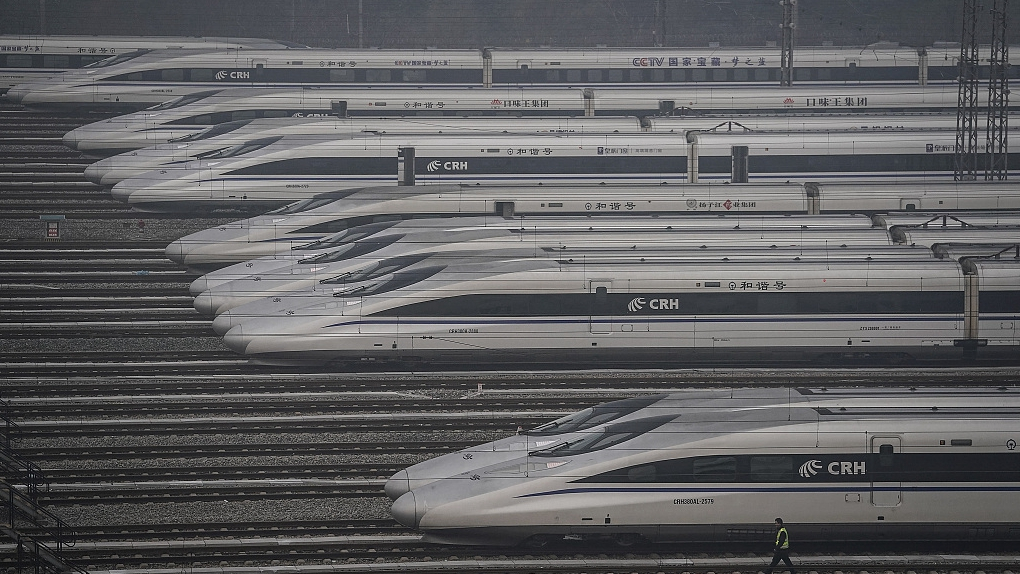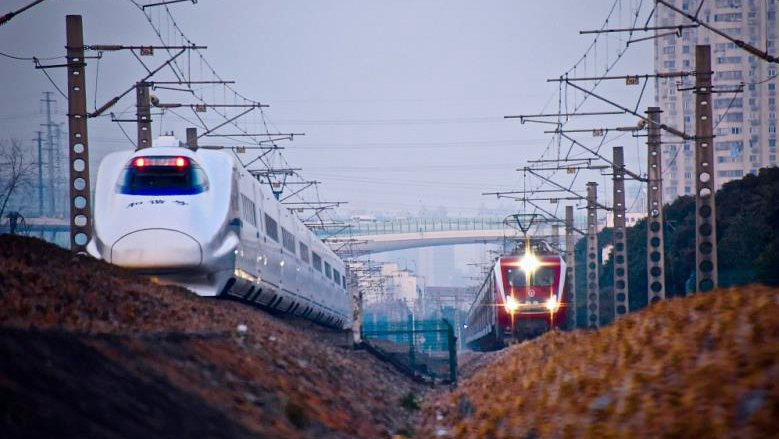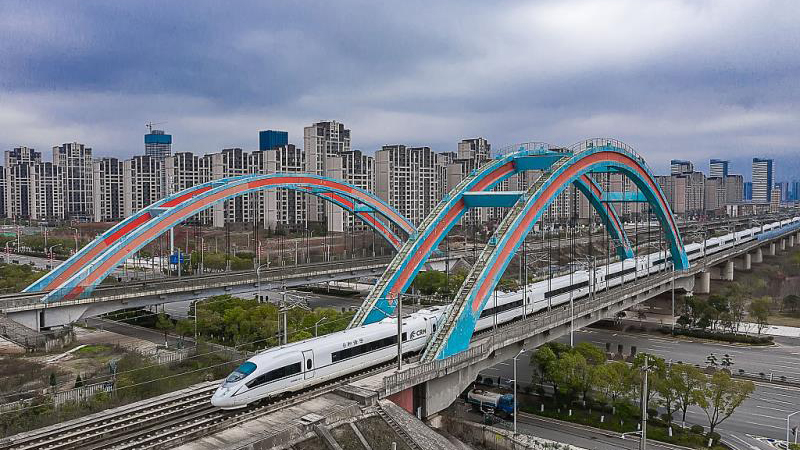
TV Show
17:28, 31-Jan-2019
Experts warn of 'grey rhino' risks in high-speed railways
Dialogue with Yang Rui

By the end of 2018, China had 29,000 kilometers of high-speed railway, accounting for more than two-thirds of the world's total. The country has seen its high-speed railway network steadily expand over the years, dramatically transforming lives and boosting regional economies. But experts have recently raised concern regarding the financial risks of expanding the high-speed railway network.
"Further massive expansion could cause a huge debt burden for the state-owned China Railway Corporation and local governments and become the gray rhino that could pressure the country's economy." This is according to a January 28 article by Professor Zhao Jian at the Beijing Jiaotong University titled "Beware of the gray rhino of high-speed railways." The piece triggered heated debate on the healthy development of China's high-speed railway.
According to Zhao, China is now groaning under the weight of debt and other financial risks it incurred because of its high-speed rail construction. He expressed belief that large investments in China's high-speed rail mean less construction of regular railways, leading to a serious imbalance in China's transportation infrastructure.
01:17

The President of the Center for China and Globalization Wang Huiyao says that China's high-speed railways have contributed enormously to the country's economic and social development. Though there could be some debt issues along with the railway network development, in the long run China could "adjust that and digest that." He pointed out that there are many sectors that can benefit from the rails indirectly, such as the real estate market and industrial park construction. The rail network improves travel efficiency and people's living standards in rural areas.
Zhang Jianping, director general at the Center for Regional Economic Cooperation of the Commerce Ministry, echoed Wang's views, adding that it's still too early to pass a judgment on the financial risks of the network. He believes the article could be a wake-up call for the potential debt risks, as some experts are skeptical about the scale of Zhao's analysis.
01:43

Zhang also spoke about the shortage of railway freight capacity. "If we look at the proportion of freight transportation in the U.S., Japan, or the EU, up to 30-40 percent of freight transportation relies on the railway system, but in China, the percentage is still very low."
Wang further advised that the construction of the high-speed railway should have better planning based on demand. Given the wide attention and discussion on the debt issue, local governments and enterprises could be more vigilant of potential risks.
(Cover photo: A worker checks a bullet train at the maintenance base in Wuhan, Hubei Province, China, January 20, 2018./VCG Photo)
(If you want to contribute and have specific expertise, please contact us at opinions@cgtn.com)

SITEMAP
Copyright © 2018 CGTN. Beijing ICP prepared NO.16065310-3
Copyright © 2018 CGTN. Beijing ICP prepared NO.16065310-3